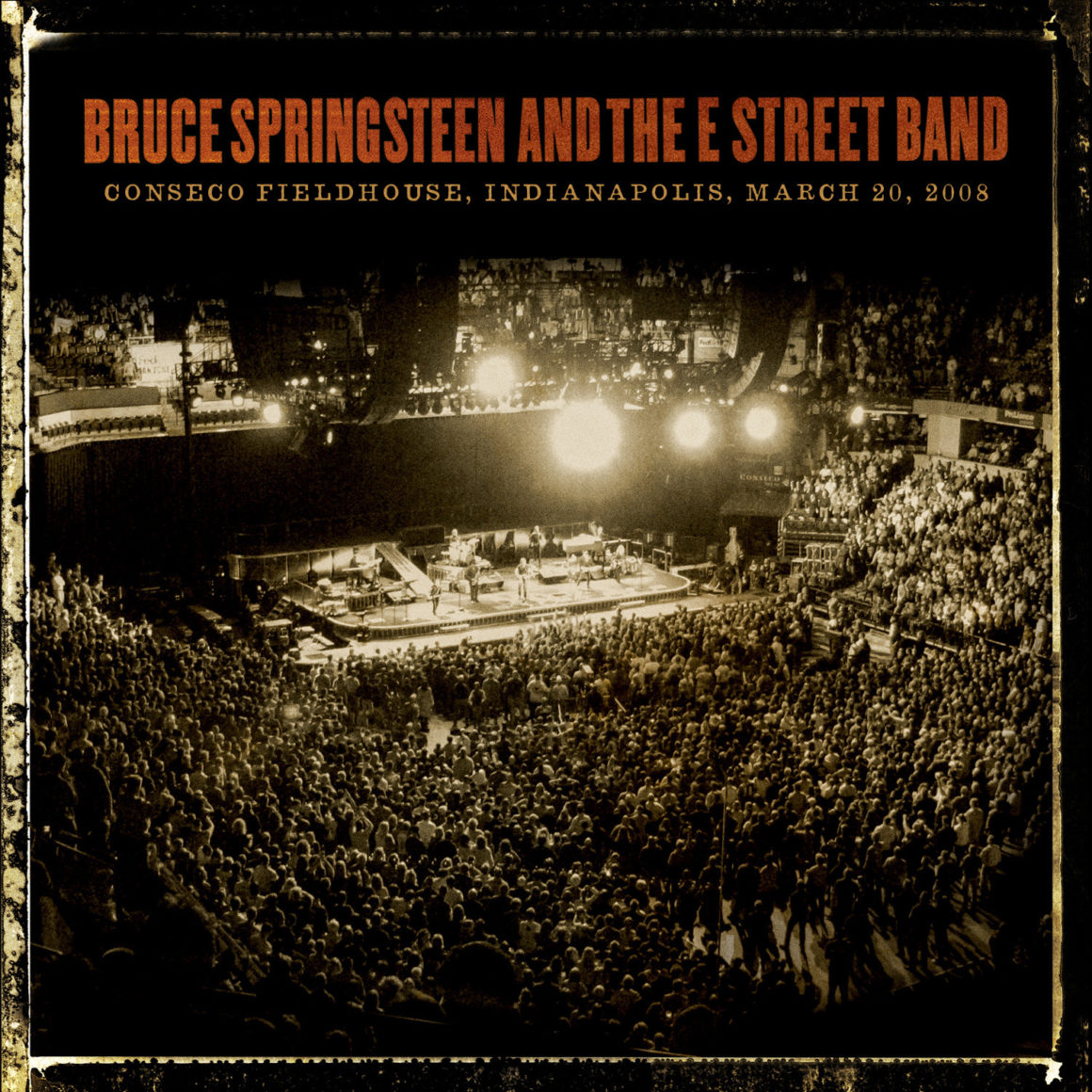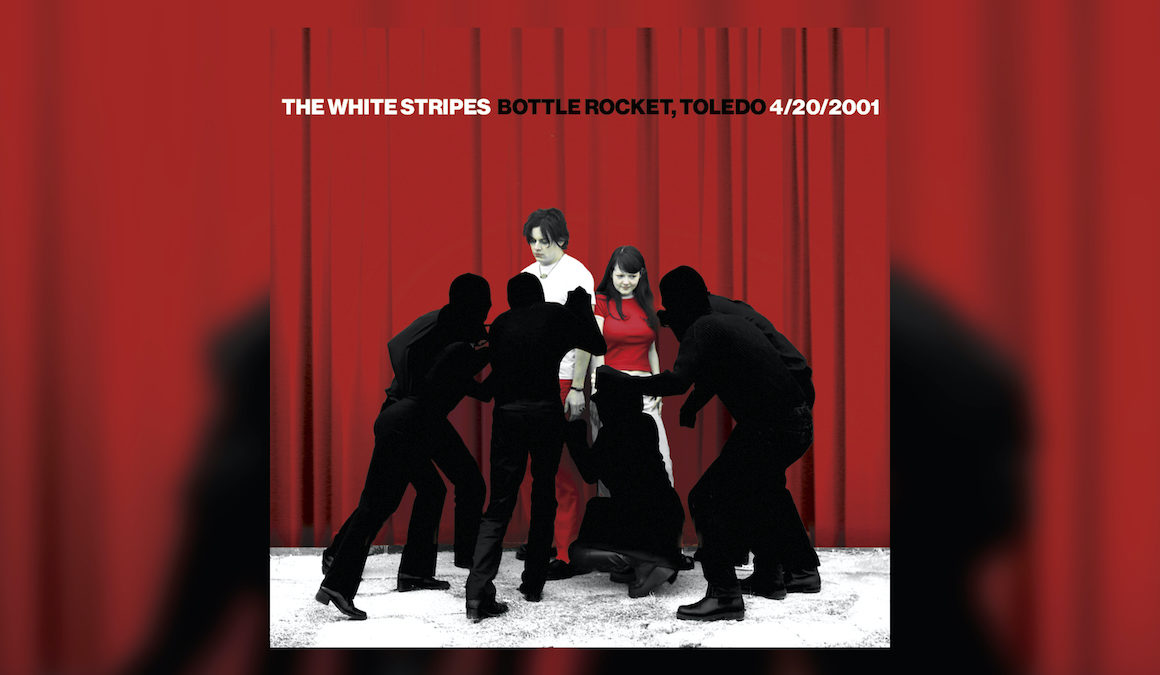by Jonathan Cohen
Preview of “Smile” Pearl Jam at the iWireless Center 10/24/2014
There’s an old adage that being in a band is one of the closest experiences to being married — not only must you learn to navigate around each member’s individual personality quirks in oftentimes sub-optimal conditions, but you have to do so while attempting to be at your creative peak. It’s no wonder bands break up, lose members, gain members, reform, and break up again on a daily basis.
The Evolution of Pearl Jam
Although Pearl Jam went through four drummers in its first seven-plus years of existence, the Seattle band’s lineup has been stable since drummer Matt Cameron joined in 1998. At its core, Pearl Jam is built on the personal and creative alchemy of guitarist Stone Gossard and bassist Jeff Ament, who met in Seattle and 1983 and have more or less been playing music together ever since: first in the proto-grunge combo Green River, then Mother Love Bone and, finally, Pearl Jam, which formed in October 1990.
It was Gossard and Ament who found solace in another after Mother Love Bone frontman Andy Wood died of a drug overdose, and began writing the material that would eventually be released on Pearl Jam’s debut album “Ten” and the all-star one-off self-titled LP from Temple Of The Dog. It was also Gossard and Ament who invited an unknown vocalist from San Diego named Eddie Vedder to come jam in Seattle after the pair were astonished by vocals he’d recorded atop three of their demo tape instrumentals. The rest, as they say, was rock’n’roll history.
Gossard and Ament’s long-lasting partnership remains central to Pearl Jam in 2021, on the heels of the band’s first performances in more than three years. At Pearl Jam’s third set at the Ohana Festival on Oct. 2, it was on full display during a performance of “Smile” from the 1996 album “No Code.” As Vedder remarked from the stage, “They have been hanging out and collaborating and being great friends — they never went to lover status — but they’ve been together for almost 38 years. Let it be known that loyalty could get you far.”
The audio from that show debuts today on nugs.net; Pearl Jam’s one and only complete performance of “No Code” from Moline, Ill., in October 2014 is also now available on SVOD.
“Smile” is notable in the Pearl Jam catalog for the fact that Gossard and Ament switch instruments when performing it live. Ament wrote the music for the track in the mid-‘90s, and Vedder later added lyrics inspired by a note that Dennis Flemion of Chicago band The Frogs had left tucked inside one of his notebooks. The refrain “I miss you already / I miss you always” is one of the most poignant on “No Code,” and only serves to reinforce the importance of love and friendship, be it in a band or in a relationship.
As Ament told me for the 2011 book “Pearl Jam 20,” he brought the kernel of “Smile” to the “No Code” sessions alongside a handful of other ideas he thought were far more interesting. But as often happens in Pearl Jam, Ament was pleasantly surprised when his bandmates gravitated toward his “two-parter Neil Young nod of the cap” and pushed for its inclusion on the album.
For whatever reason, “Smile” was the last song from “No Code” to be performed live on the 1996 tour in support of the album (“I’m Open” wasn’t debuted on stage until 2006), and to date it has been played the fifth-fewest times (86) of the record’s 13 tracks. But that scarcity makes it an enduring fan favorite. Live, “Smile” is grittier and a bit faster than its recorded counterpart, and includes a repeated, truncated version of the main riff to replace the fadeout on the album. On stage, Ament gets the opportunity for a whammy bar-enhanced guitar solo, and Vedder’s harmonica playing is also a highlight, as it is rarely seen during Pearl Jam shows and conjures an almost campfire vibe.
At Ohana, “Smile” was not actually on the printed setlist and was instead called as a perfect audible between a cover of Brandi Carlile’s “Again Today” (with guest vocals from Carlile herself) and “Porch,” which closed the main set. It’s another potent reminder of the camaraderie from which Pearl Jam was born and continues to power the band past its 30th anniversary.
Start a trial to listen to the Ohana audio and watch the Moline, IL “No Code” show.

